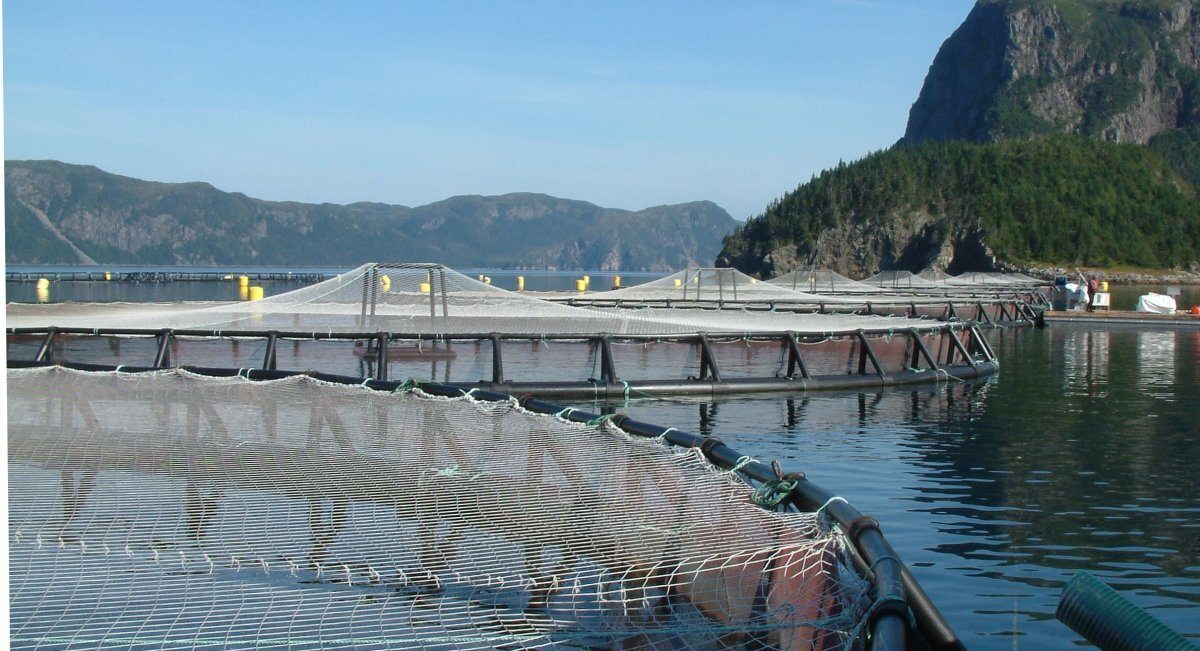When water evaporates from a surface, it takes away heat and cools the surface. The wet-bulb temperature is the lowest temperature to which a surface can be cooled by the evaporation of water from it, and it can be easily measured with a thermometer exposed to air but shielded from direct sunlight. This temperature is used to assess comfort in a thermal environment.
The amount of moisture that air can hold depends on the temperature, with warmer air being able to hold more moisture. This concept is related to global warming and the production of wetter cyclones. The relative humidity is the name for the amount of moisture in air adjusted to its maximum capacity at a specific temperature. If air at a certain temperature becomes 100% filled with moisture, it reaches its dew point.
In 1992, scientists developed the Ultraviolet Index (UV Index) to measure levels of solar radiation. Lower values on the scale are less harmful to skin, while higher values pose risks of sunburn, DNA damage, and cataracts. The weather phenomenon shown in the visual is La Niña, characterized by a band of cool water spreading from east to west across the equatorial Pacific Ocean.


